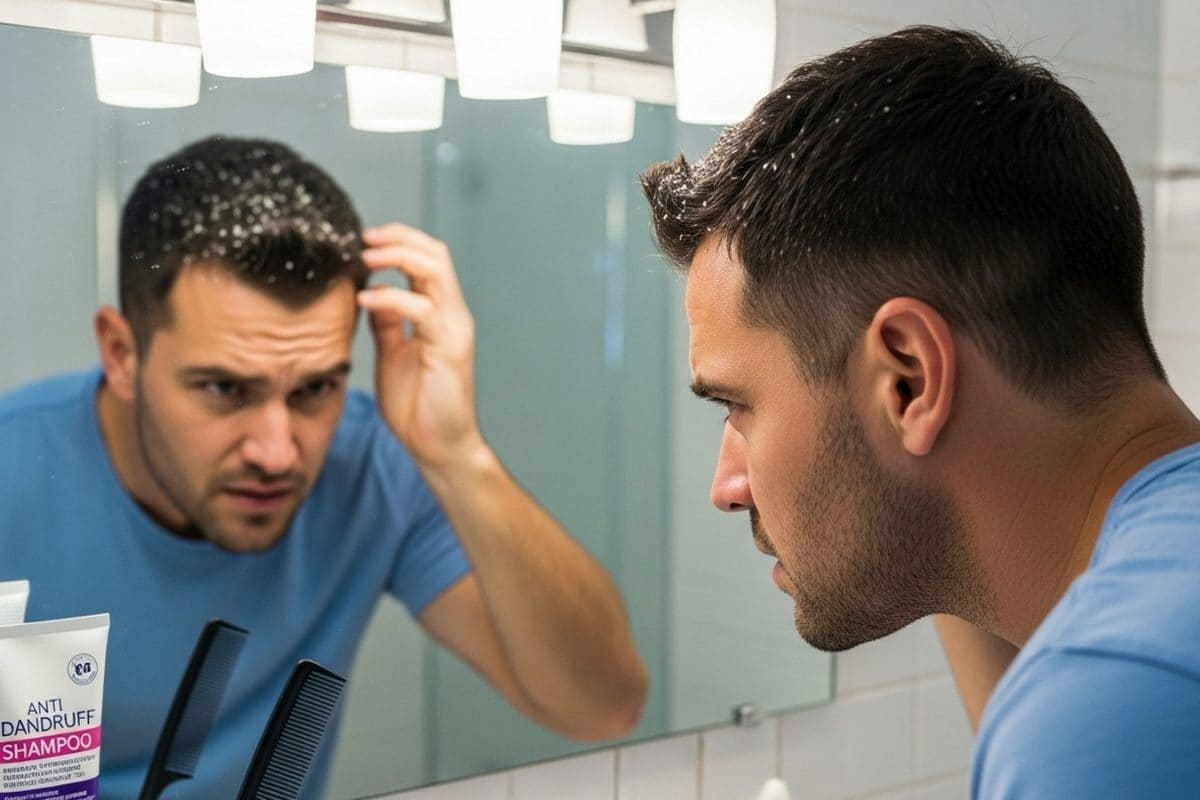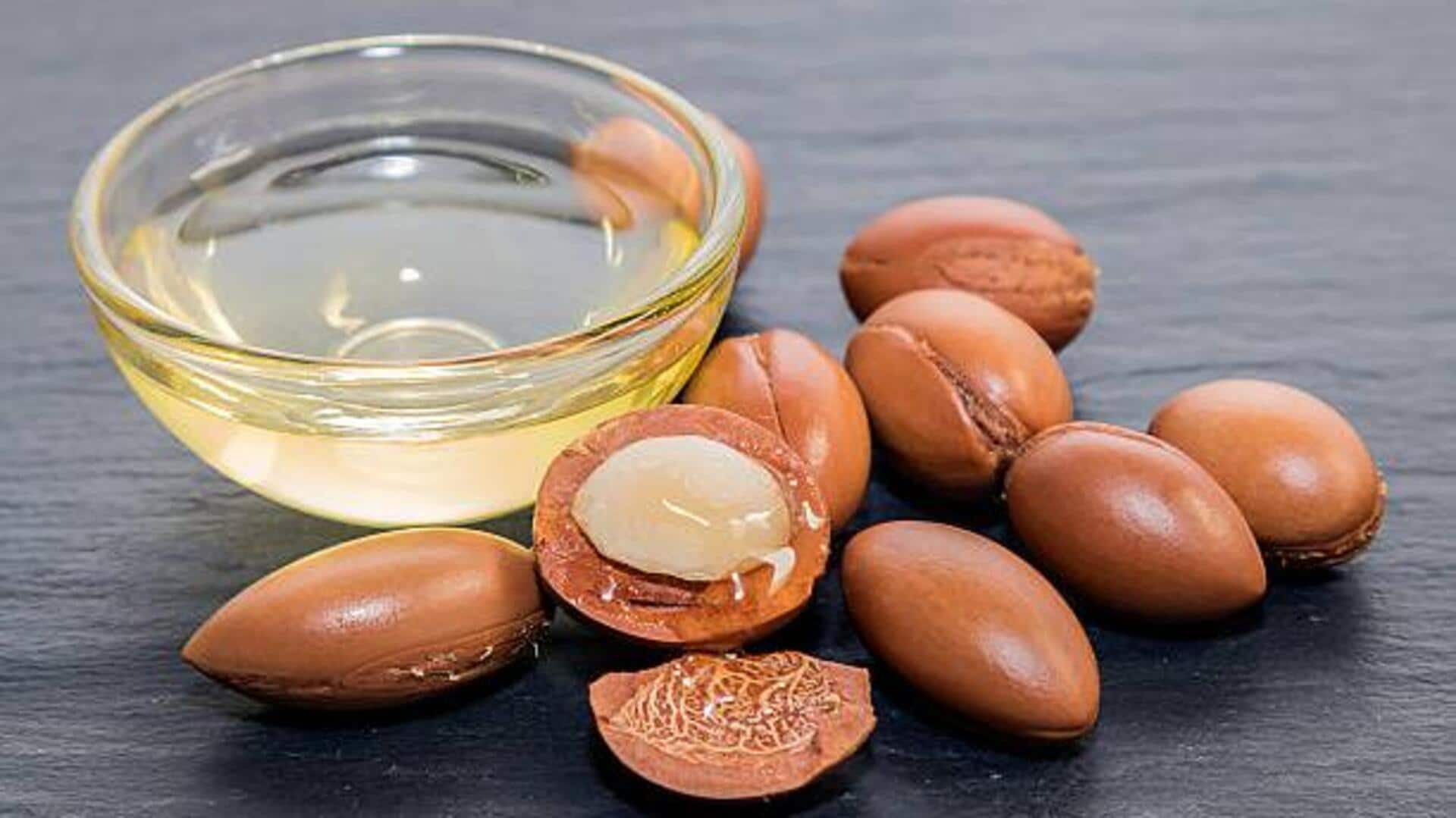The Importance Explained
Why bother cleaning your hairbrush? It is a common question, but the answer is crucial for hair care. Over time, brushes accumulate hair, dead skin cells,
dust, and product residue. This buildup can transfer back to your clean hair, making it appear dull, weighed down, and potentially leading to scalp irritation or even promoting bacterial growth. Cleaning your hairbrush regularly removes this accumulation, promoting a healthier scalp environment, and keeping your hair looking fresher. This practice contributes to better hair health and helps prevent the spread of unwanted oils and dirt. Moreover, a clean brush can better distribute natural oils from the scalp down the hair shaft, resulting in shinier, healthier hair. Embracing a clean brush policy is, therefore, a fundamental step in any effective hair care routine.
Gathering Your Supplies
Before you begin, gather the necessary supplies to make the cleaning process efficient and effective. You will need a few key items: a comb or tweezers for removing hair, mild shampoo or dish soap to act as a cleanser, a bowl of warm water to create a cleaning solution, and an old toothbrush for scrubbing the brush. You might also want a towel to dry the brush and a clean surface to work on. A simple, yet practical setup, consisting of these everyday items is enough. Ensure that the space you are working in is well-lit for optimal visibility. With the proper supplies, cleaning your hairbrush is an easy task, and setting up your supplies in advance prepares you for the task, which makes the whole process simpler and more organized. This approach minimizes disruption and allows you to focus on the cleaning process itself.
Removing the Hair
The first step in cleaning your hairbrush involves removing all the loose hair trapped within it. This may seem simple, but it is a crucial preparation phase. Start by using a comb or tweezers to carefully remove any hair strands. For brushes with tightly packed bristles, a thin tool, like a knitting needle, can be employed to gently lift and pull out tangled hair. You can do this step over a trash can to easily dispose of the hair. Take your time to remove every strand to make the cleaning process thorough. If your brush has a detachable pad, removing it first will make hair removal easier. Getting rid of the old hair creates space for deep cleaning and eliminates an initial source of debris. This preparation ensures the following steps are more effective and that the cleaning process yields optimal results. This initial step prepares your brush for a more thorough clean.
Washing the Bristles
Once the hair has been cleared, it's time to wash the brush bristles. Fill a bowl with warm water and add a small amount of mild shampoo or dish soap. The chosen detergent will remove dirt and product buildup from the bristles. Dip your brush into the soapy water, making sure not to submerge the entire brush, particularly if the handle is made of wood or has a cushion. Use an old toothbrush to gently scrub the bristles, paying close attention to the base where buildup tends to accumulate. Make sure to apply gentle pressure while scrubbing, preventing damage to the bristles. Keep rinsing the brush under warm water until the soap is gone. This action helps remove the grease and oils which makes the hair look unhealthy. This step is essential in restoring the cleanliness of the brush, preventing the buildup of oil and grease and making the hair healthy.
Rinsing and Drying
After scrubbing, thoroughly rinse the brush under running water to remove all traces of soap and residue. Ensure that no soap remains, as it can make your hair appear dull. After rinsing, gently shake off any excess water. If the brush has a cushioned base, make sure to remove as much water as possible from the cushion. Place the brush with the bristles facing down on a clean towel. This allows the excess water to drip out and prevents water from seeping into the handle. Allow the brush to air dry completely before using it again, which may take several hours or overnight, depending on the brush type and the climate. Do not use a hairdryer, since heat can damage the bristles. This approach ensures that the brush is completely clean and ready for use, maintaining its integrity, and preventing the growth of mold or bacteria. The final drying process is essential to maintain the brush's condition.




